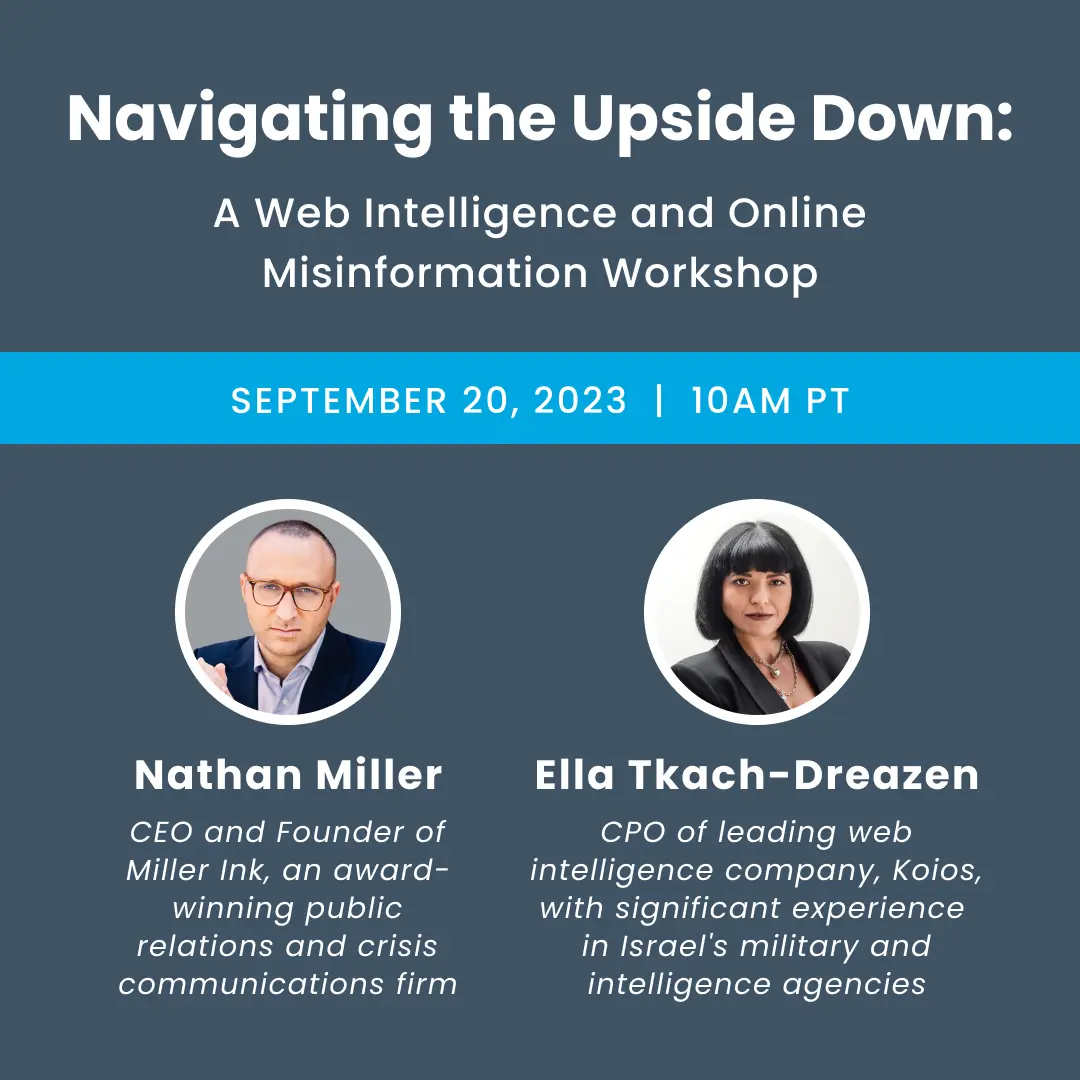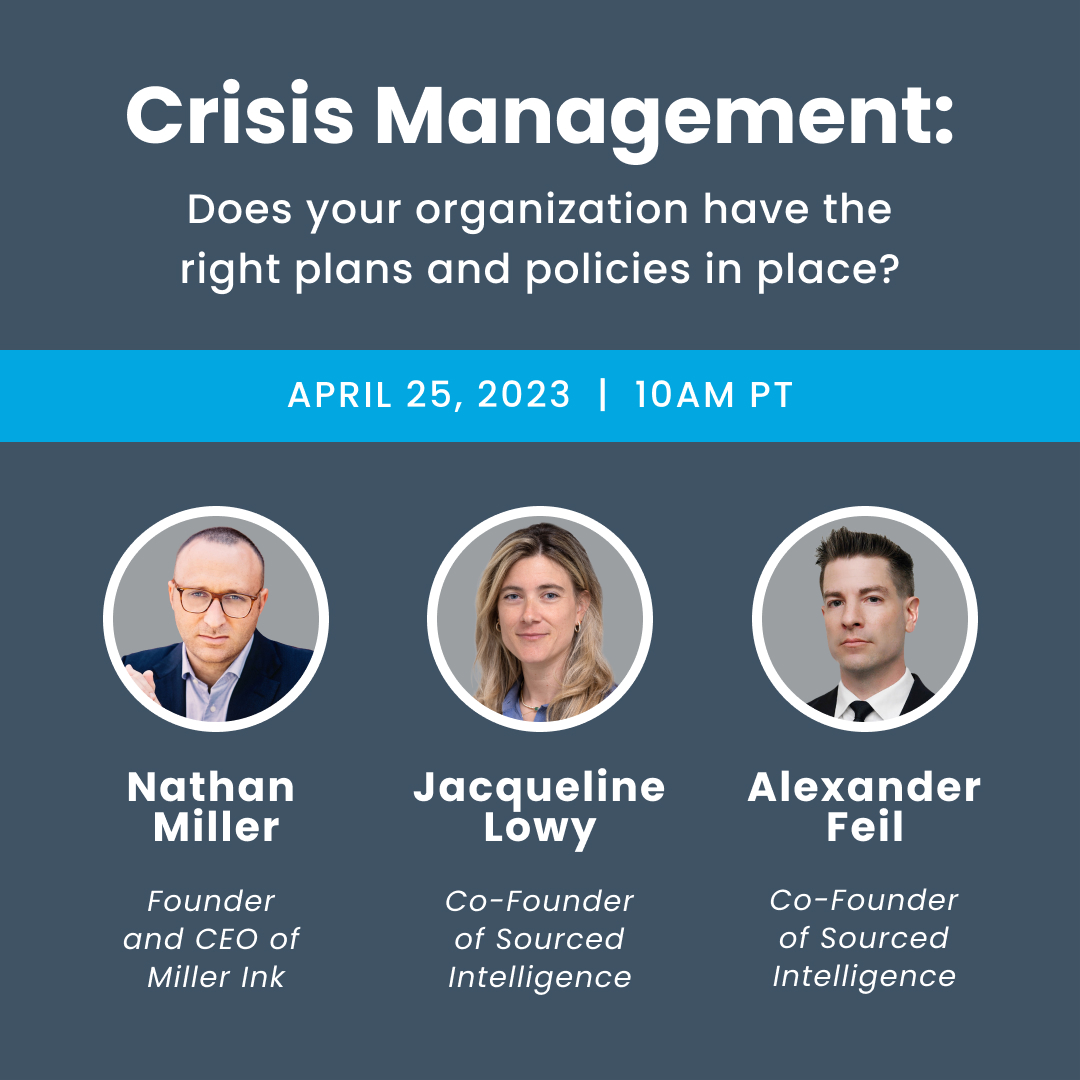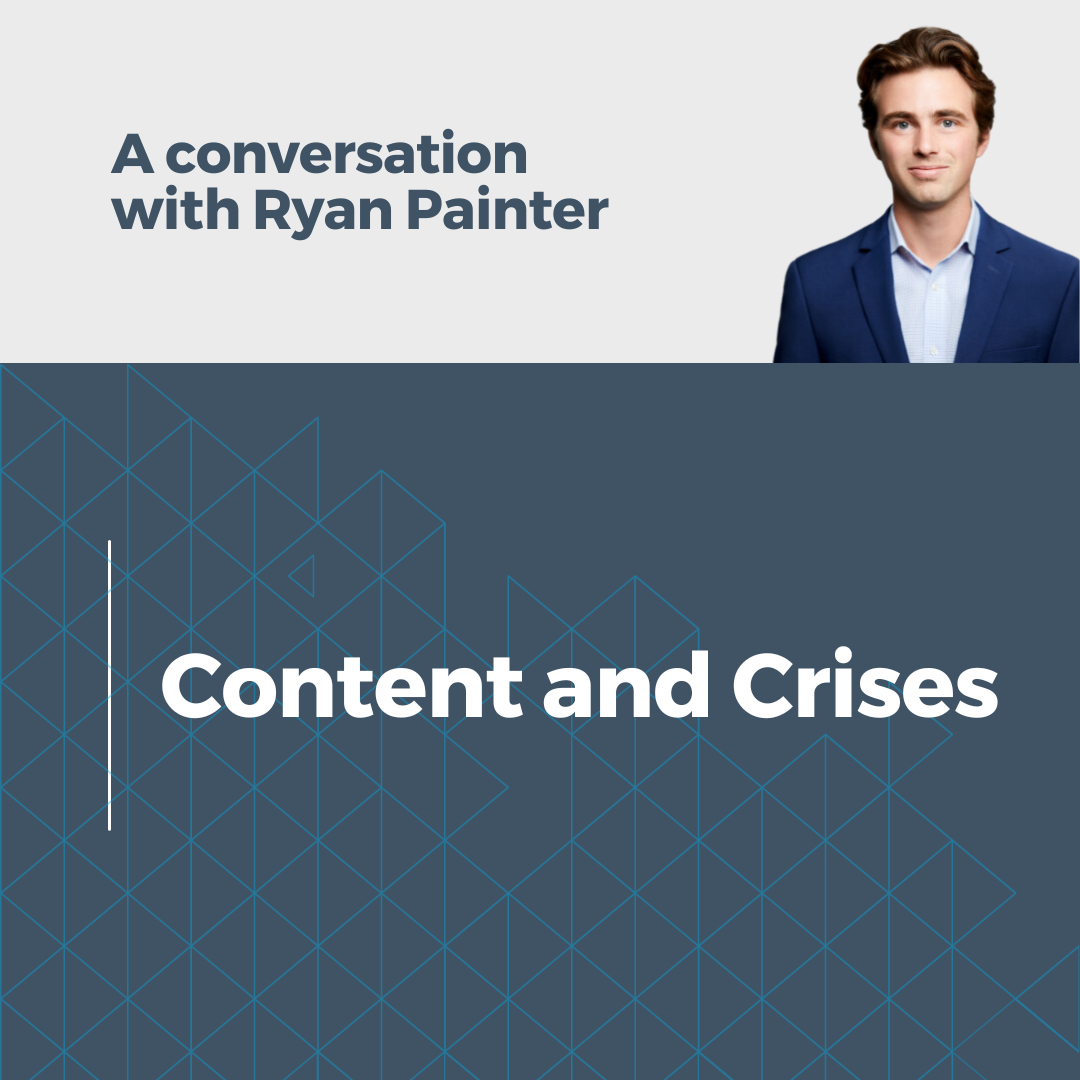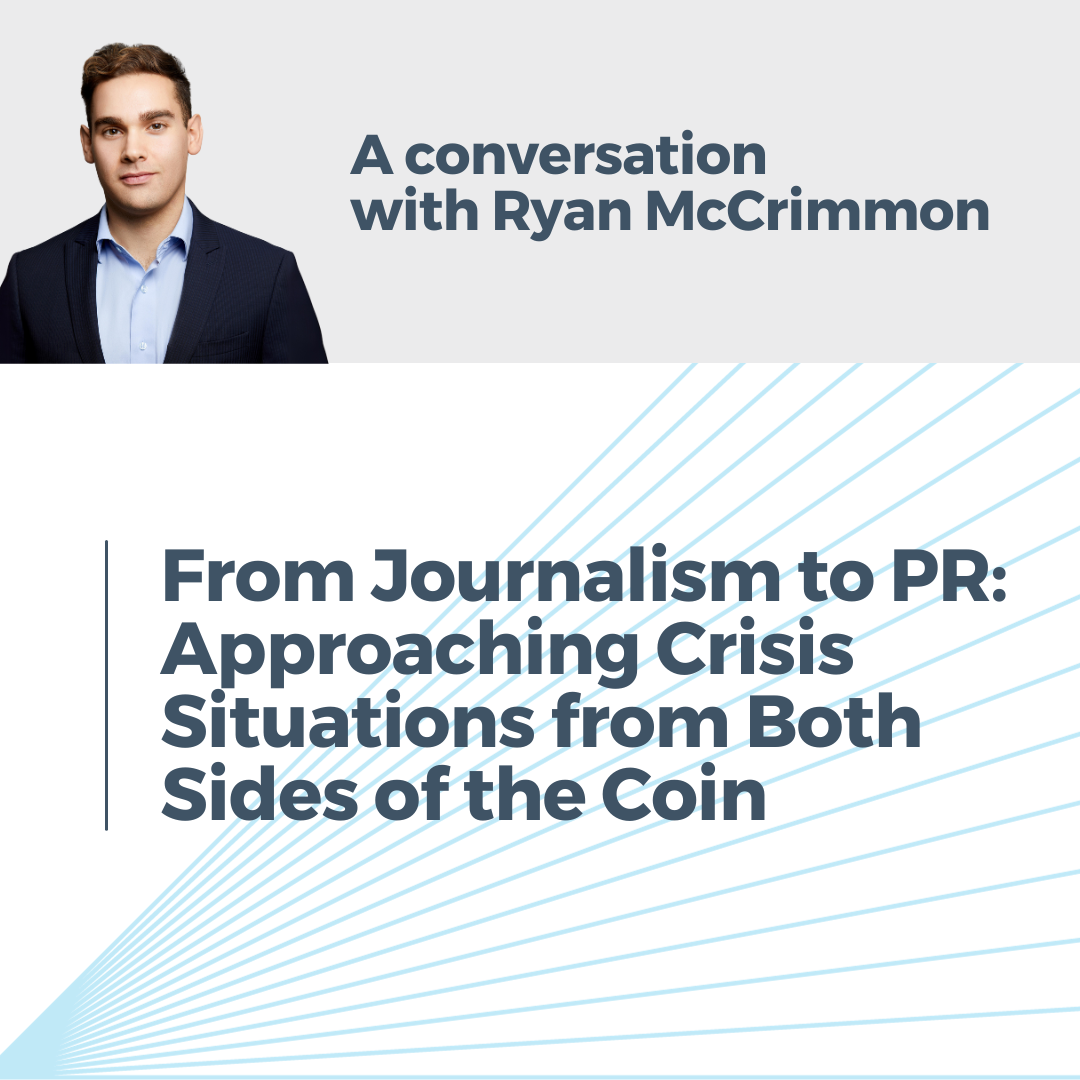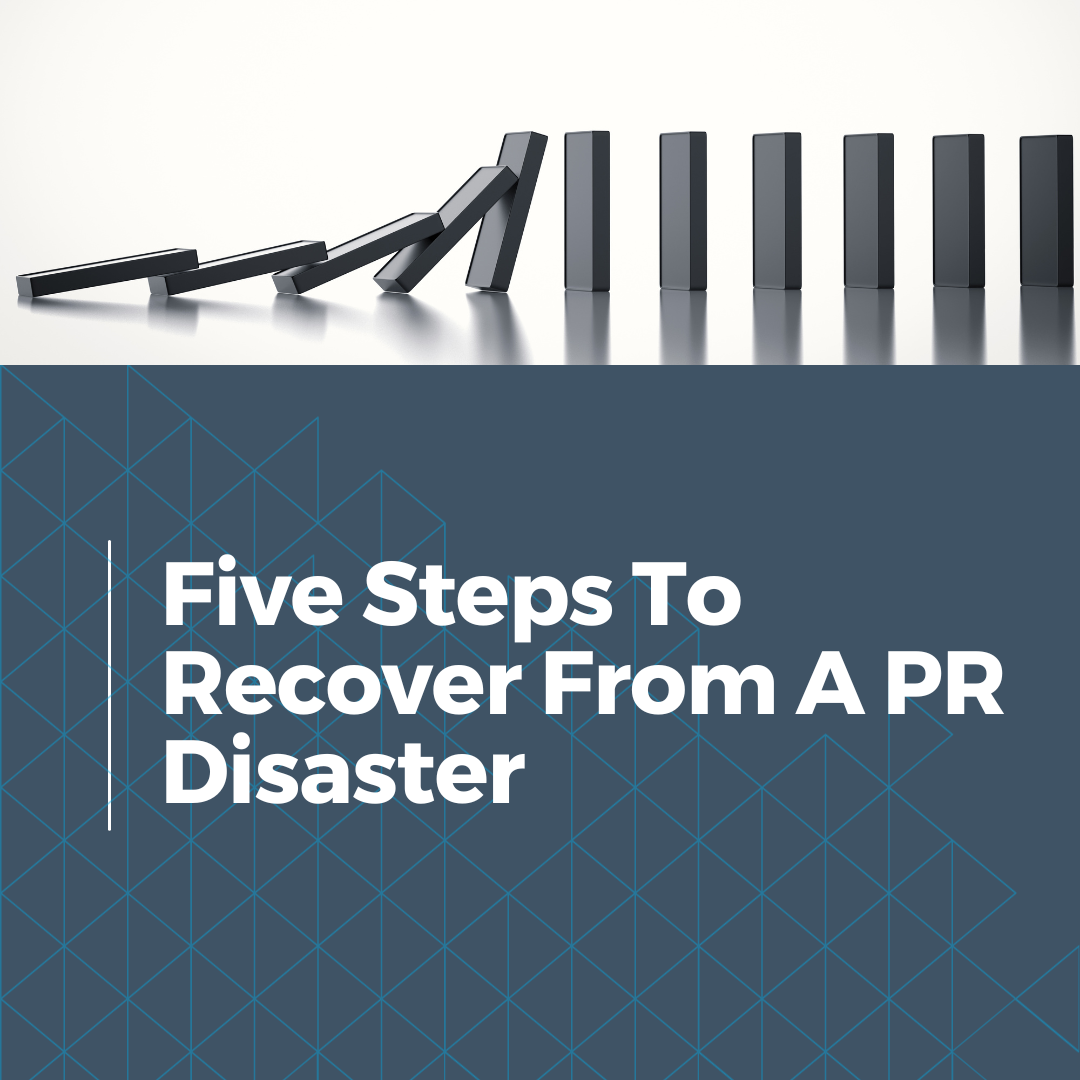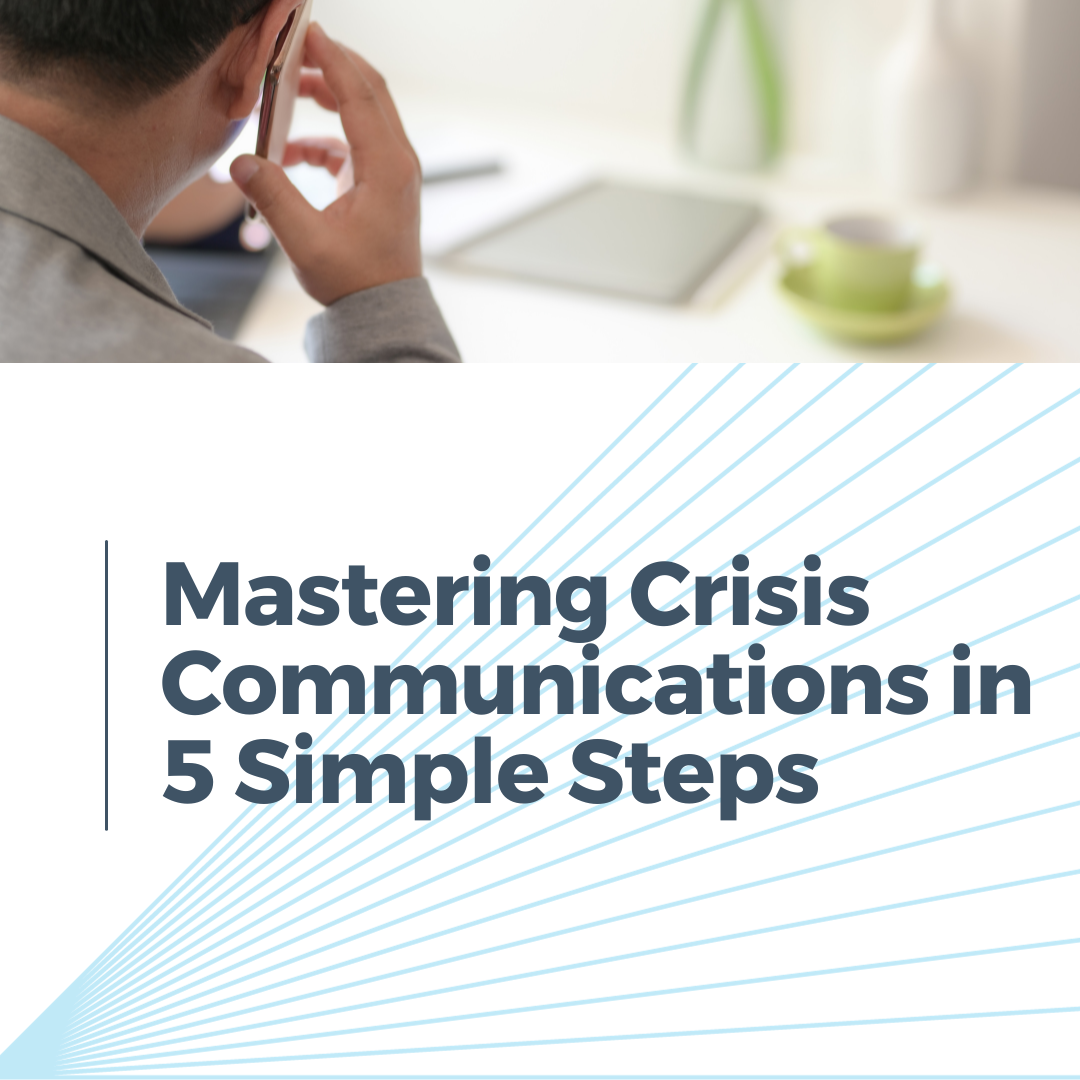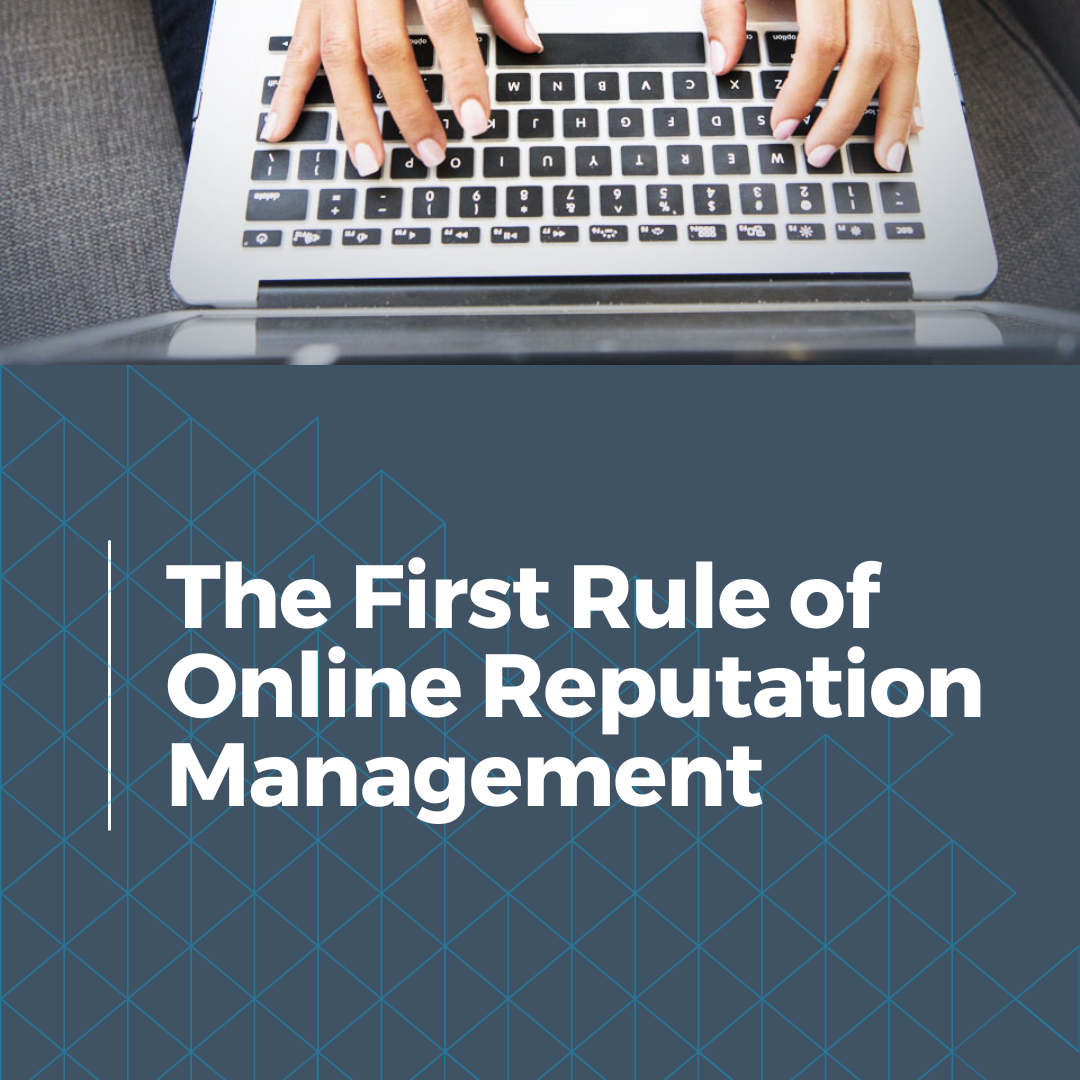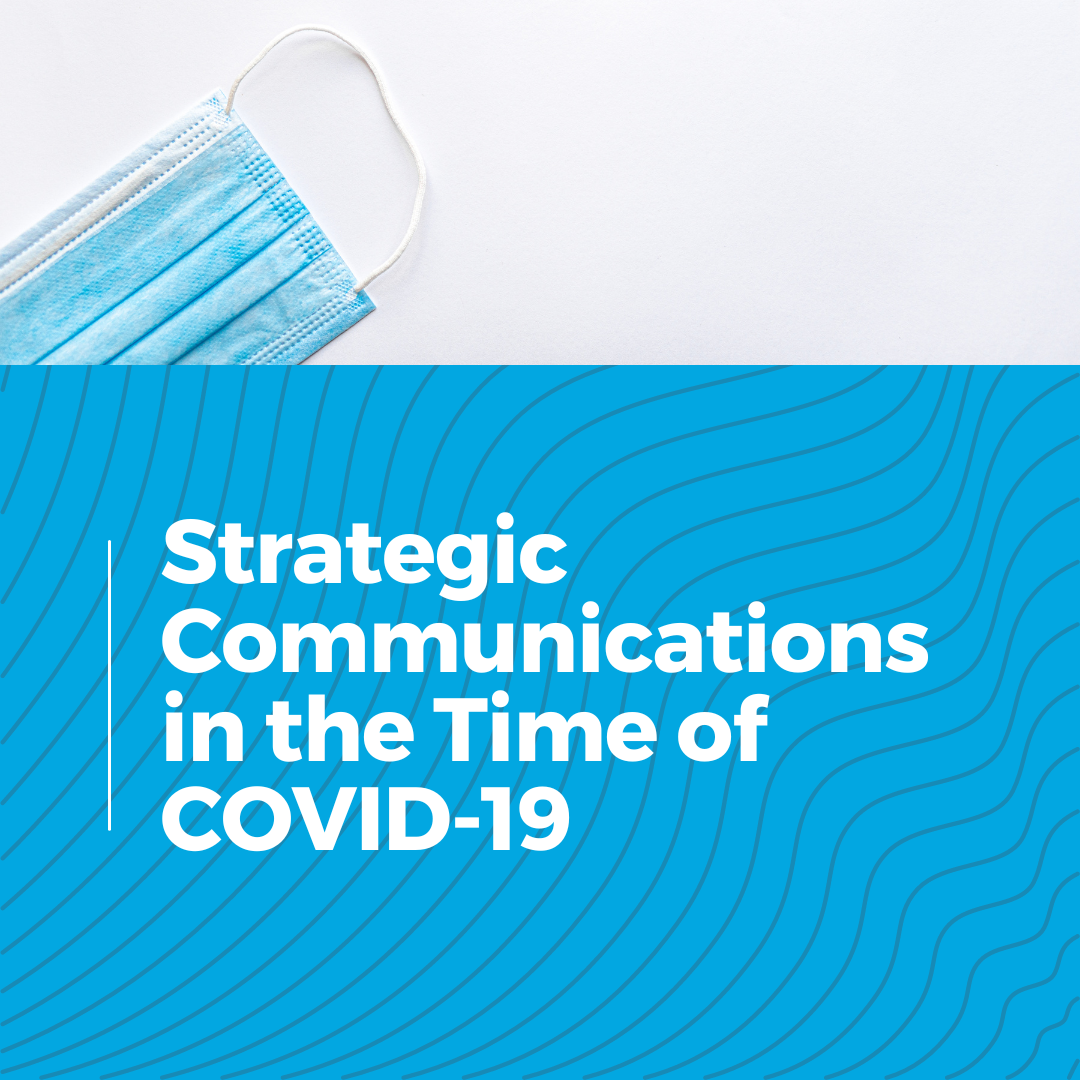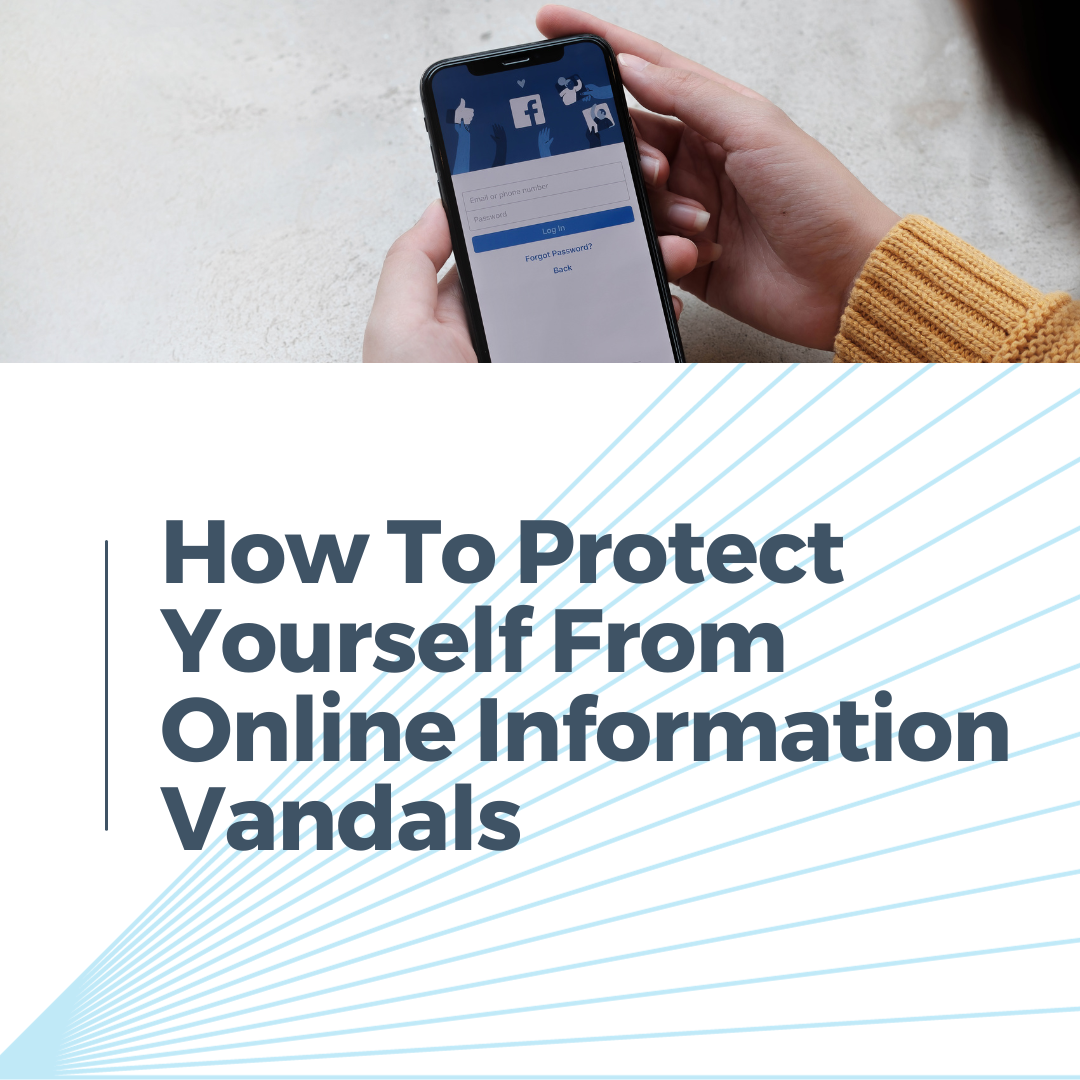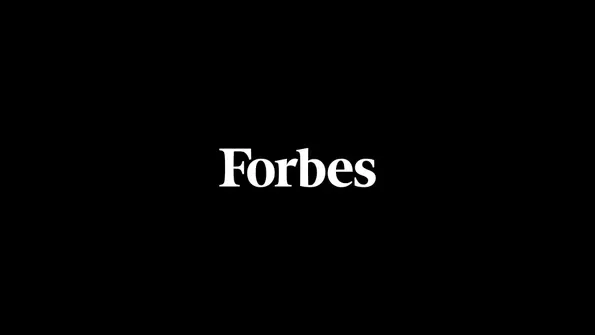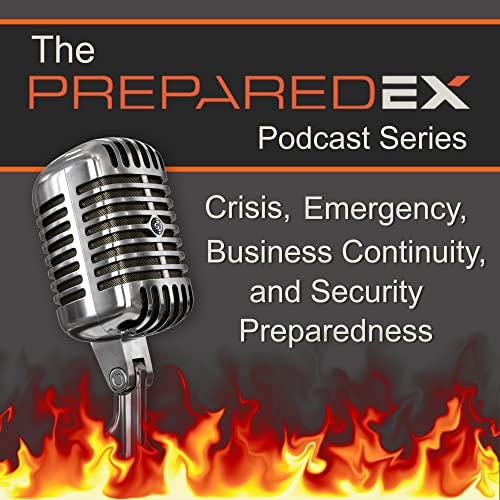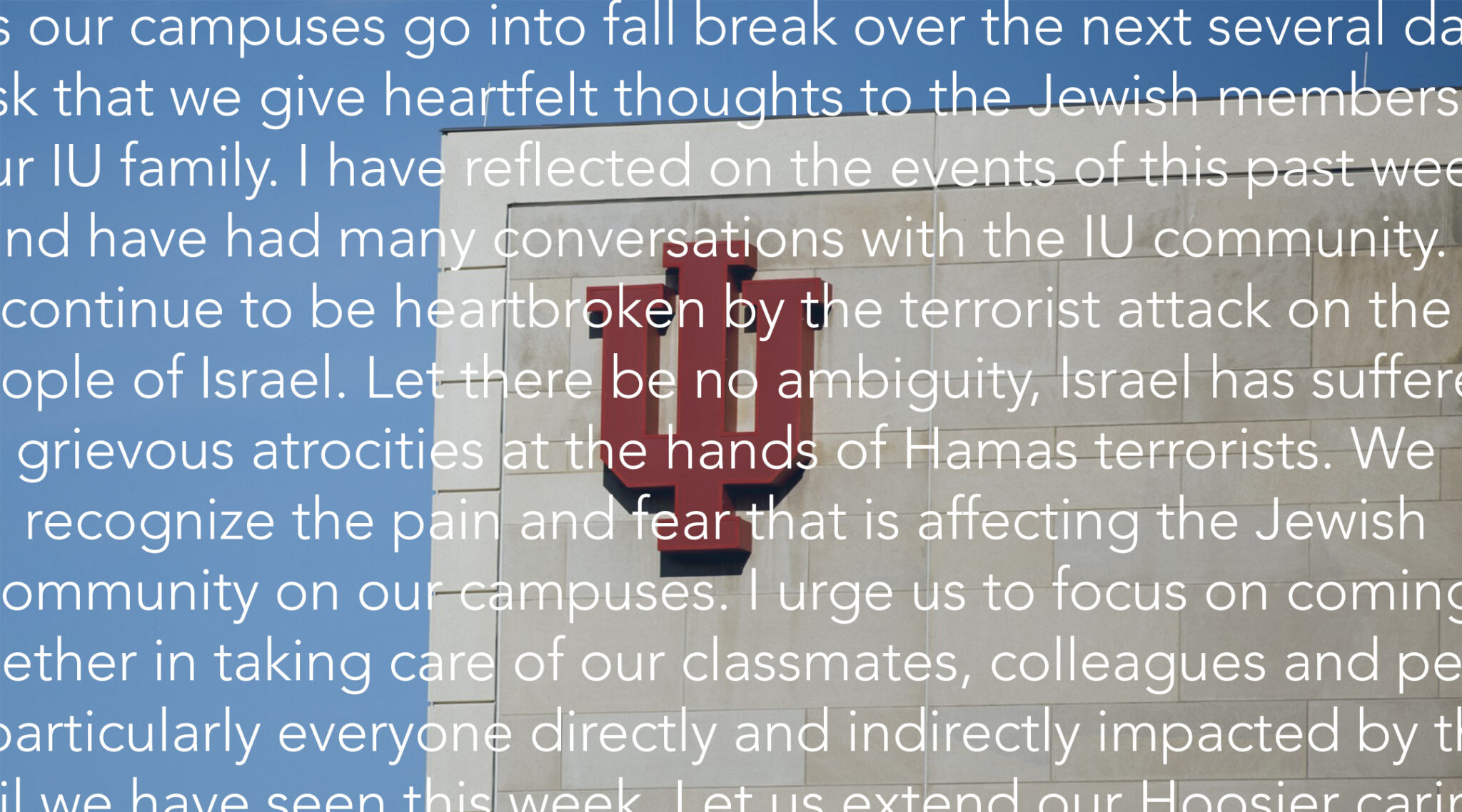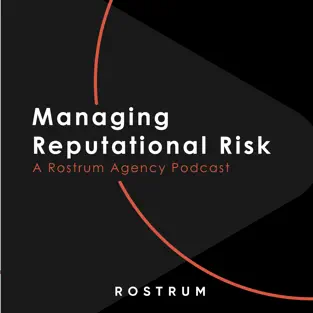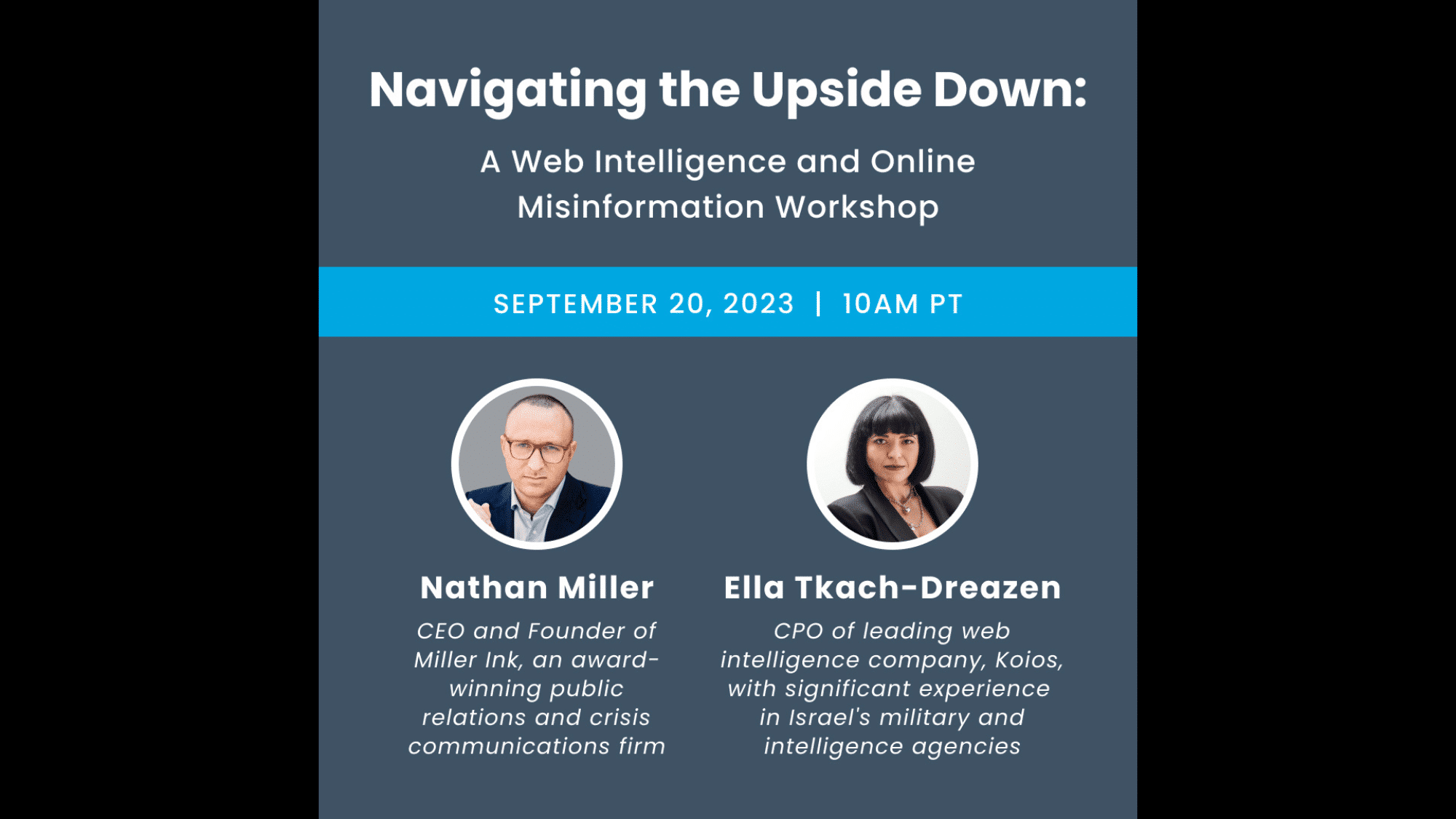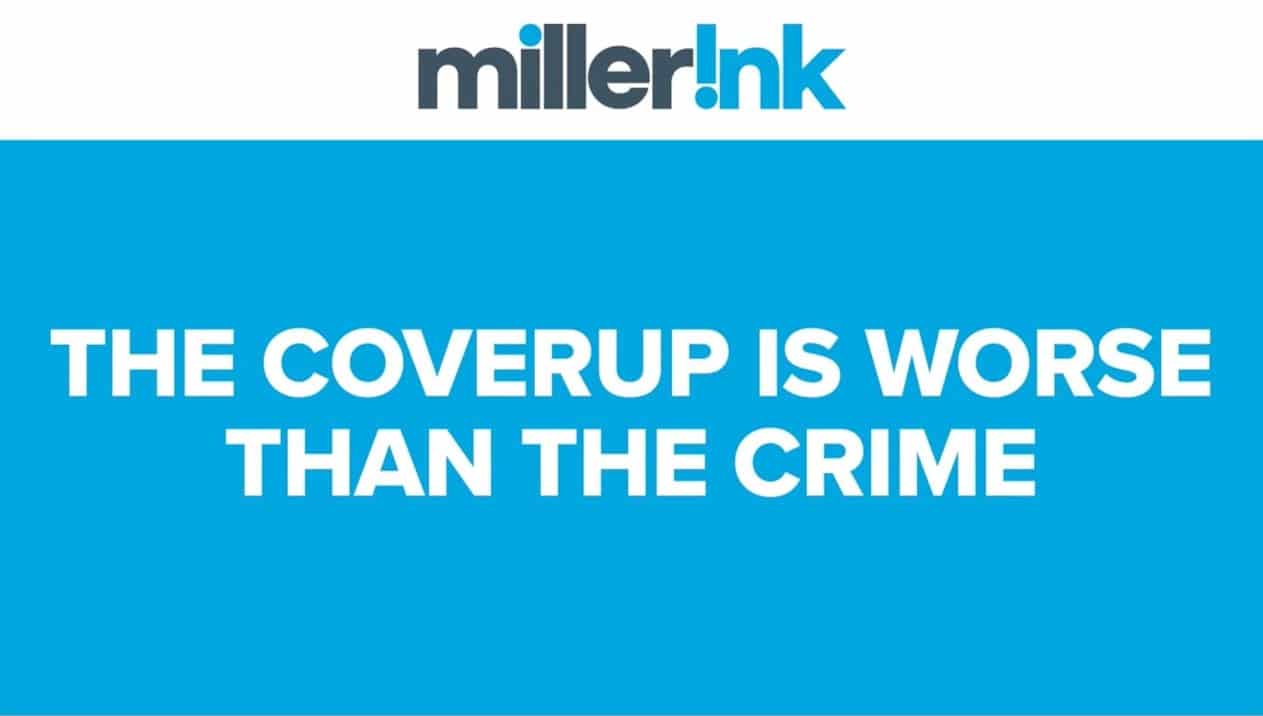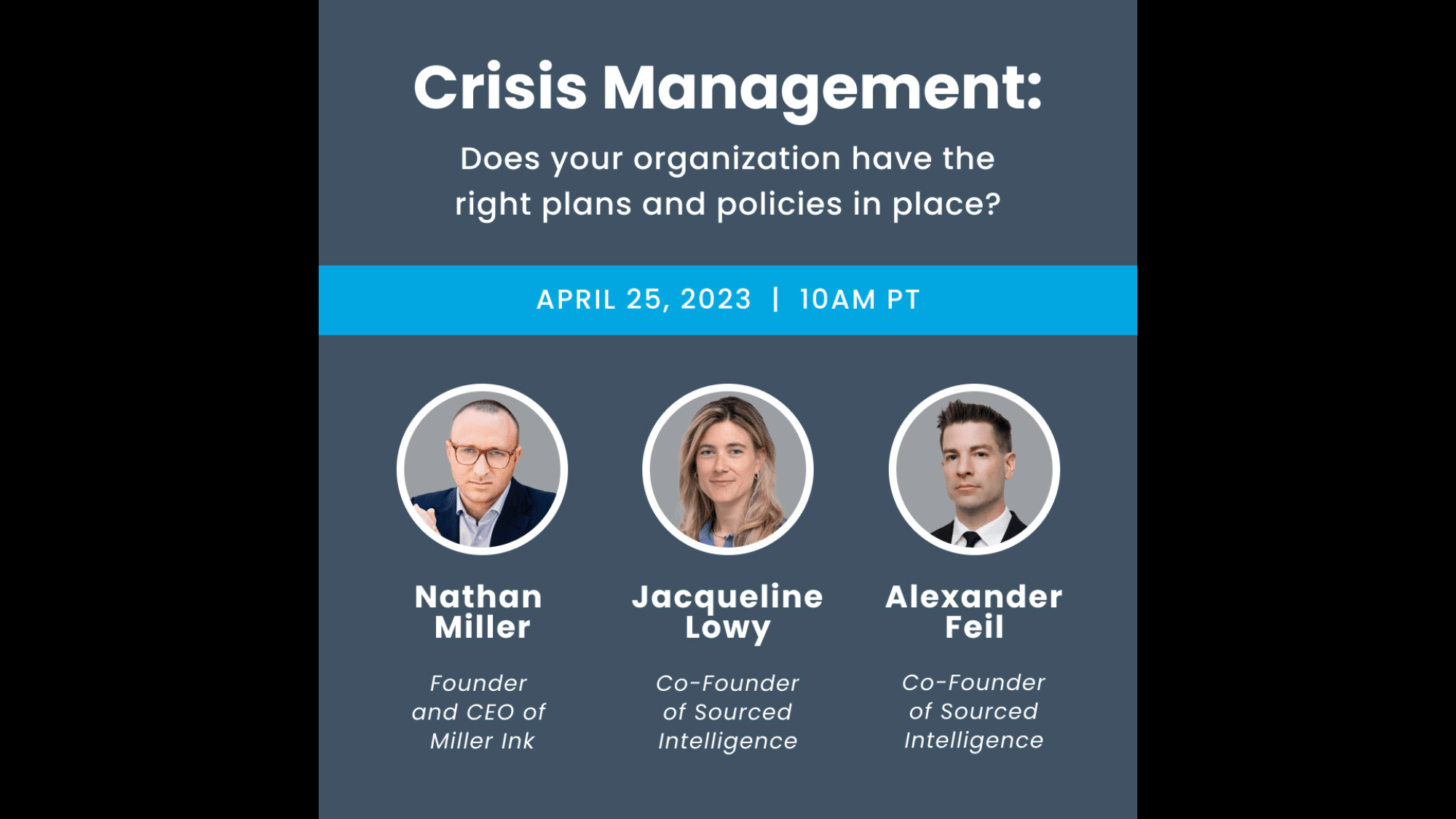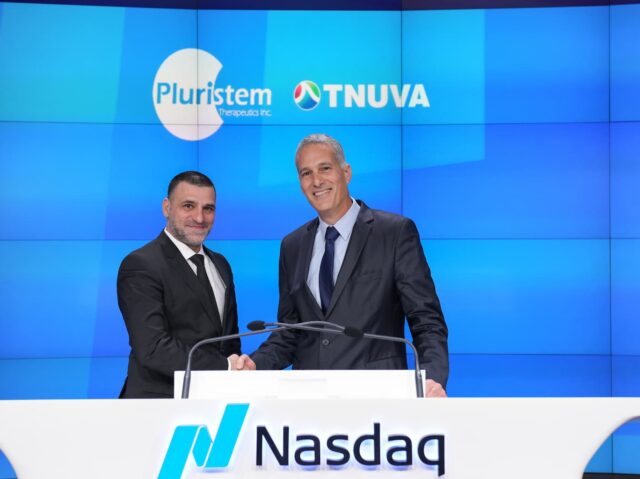Crisis Communications
Are You Facing a Crisis?
Miller Ink is a strategic and crisis communications firm based in Los Angeles, California. Our team helps high-profile individuals, nonprofits, and companies—as well as the attorneys, accountants, and advisors who serve them—address and mitigate crisis situations. We work closely with a global network of partners to implement proactive crisis prevention plans, take immediate action when crises occur, and manage their long-term impacts for clients in Los Angeles and around the world.
- High-profile litigation
- Personal and business disputes
- Real estate matters
- Information leaks and hacks
- Online reputation management
Our team brings together top-tier media strategists, world-class digital and research capabilities, a full suite of award-winning creative services, and a wide array of relationships to help your organization navigate reputational crises.
Miller Ink’s comprehensive services include crisis prevention plans, social media crisis response plans, reputation management and reputation recovery programs, stage-by-stage crisis analysis, post-crisis reviews, crisis counsel, crisis management, communications training, and more.
- Advocacy
- Education
- Entertainment
- Finance
- Fintech
- Healthcare
- Insurance
- Legal
- Philanthropy
- Public Affairs
- Nonprofit
- Real Estate
- Startups
- Tech
To learn more about crisis management, download our free guidebook, Steadying the Ship: 10 Tips for Effective Crisis Management.
The Miller Ink Advantage
Founder and CEO Nathan Miller is deeply engaged in all facets of Miller Ink’s crisis communications practice—from pursuing proactive PR and conducting media training to negotiating with reporters on deadline and drafting high-impact statements for release. With more than 15 years of crisis communications experience, Nathan is sought out by business, nonprofit, and government leaders from around the world for his careful counsel and strategic vision.
Before founding Miller Ink in 2013, Nathan was the Director of Speechwriting for Israel’s Permanent Mission to the United Nations, serving as a senior communications adviser and the chief speech writer for Israeli Ambassador Ron Prosor. Nathan also served as the policy director of the Homeland Security Advisory Council and as a Goldman Fellow at the Transatlantic Institute, a think tank in Brussels, Belgium.
Learn more about Nathan and our team of experienced professionals here.
A crisis is any situation that could cause your organization significant reputational damage and negative media coverage. Crises come in all shapes and sizes. They can be ongoing or acute. They can involve individuals, organizations, or institutions. They can reach a resolution in a matter of hours, days, or even months.
While crises are diverse in scope and expanse, they all share one common characteristic: When mismanaged, they can profoundly alter the way the public perceives your brand.
The idea that any press is good press is fundamentally misguided. Bad press exists—and it causes real consequences for organizations of all kinds. Bouts of negative press can upend years of methodical brand building and community outreach. Unfavorable stories can sink careful litigation, imperil pending business transactions, shutter restaurants and businesses, and force retirements. There’s often nothing “good” about a hit piece.
The rapidly changing media environment of the 2020s has only compounded the challenges posed by crisis situations. Over the last decade, journalism and the press have shifted seismically. When PR first emerged as a field, securing favorable outcomes for clients was centered upon building close relationships with reporters and editors at influential publications. Now, with the advent and proliferation of social media, the information gatekeepers are diminished—everyone has become a publisher. Anyone with an internet connection and a smartphone can broadcast messages, devoid of journalistic oversight, to dense webs of millions of potential connections.
With millions of new users come millions of new avenues for stories—both beneficial and harmful—to spread and take hold. Today, a viral Tweet can be more powerful than a leading op-ed or an above-the-fold feature story. This upside-down world of 21st-century media magnifies and feeds crises that could once be easily overcome.
Media is changing. The deck is stacked. Is your organization prepared to navigate it?
Crises are incredibly varied. What constitutes a crisis for one client could be entirely benign for another. At Miller Ink, we believe in building crisis response strategies bespoke to the needs of each of our clients. We begin our work with clients by identifying the kinds of crisis situations that could harm their brand or impact their organization. We consider the client’s business model, portfolio, team, geographic expanse, history, and market positioning to think through the ways damaging stories could be spun. We set meetings with key stakeholders to learn what could go wrong, how it could go wrong, and what might happen if it were to go wrong.
Once we’ve met with a team’s stakeholders and learned about scenarios that could damage their brand, we develop a comprehensive crisis response protocol tailored to their organization’s central messages, key audiences, and unique strengths and liabilities. Our protocol addresses the spectrum of possible crises that could impact the organization and charts a set of responses specifically designed to mitigate each one. In short, we try to make sure there is a plan in place for whatever could go wrong.
At Miller Ink, we’ve seen every crisis in the book. Most follow a similar pattern.
Breakout
Some crises build under the surface before bursting into public view. Others are unexpected and come to the public eye quickly. Either way, most crises reach a tipping point at which they are transformed from an internal affair to a public spectacle.
That initial jump is perhaps the most important—and anxiety-inducing—stage of a crisis. When something does go wrong and it is salient enough to command public attention, it can feel like the world has come crashing down. Reporters will start calling your lines, requesting comments for their breaking stories. The public will begin to reach out too, demanding answers about the situation. In the upside-down media environment of the present day, groups will begin to sound off on social media, particularly in local forums and on community pages.
At this point in the crisis, it is easy to let the confusion boggle your team. And even easier to commit a misstep that could deepen or exacerbate the crisis.
Without a carefully considered crisis management strategy or the counsel of crisis management professionals, organizations are likely to make mistakes when speaking to reporters and the public. When faced with a deluge of questions and accusations, it’s human nature to want to respond—to want to “do something”—in the heat of the moment. But these responses are often off-the-cuff, ill-conceived, and rushed. They are not instruments of an overarching crisis communications program designed to steer your organization to safety, but impassioned pleas and defensive postures that often only make matters worse.After a few hours, stories from official media organizations will circulate. Your PR team may explore a litany of potential options, including releasing statements, holding press conferences, or filming response videos.
Consolidation
There’s one thing that’s true of nearly every crisis we’ve managed: Things eventually settle down. The volume of media and public inquiries will decrease over time, and your team will have time to regroup. The key question at this inflection point, which is highly dependent on the nature of your crisis, is about the nature of the post-crisis environment in which your organization will now operate.
Once the initial shock wears off, what does the landscape look like for your company? Are reporters continuing to write ongoing articles? Are you facing protests or public backlash? Or is your organization back to business as usual, the crisis merely an unfortunate but brief event?
Built into all good crisis communications programs are strategies to sustain an ongoing response effort during this phase. This may include fielding occasional reporter calls and drafting ongoing communications to customers or employees. It may also mean taking proactive approaches to PR, such as organizing public campaigns that take hold of your narrative and emphasize the positive impact that your organization creates in Los Angeles and around the country.
Make no mistake: Navigating this phase is not easy. It takes savvy, expertise, and—most importantly—along-term outlook. At Miller Ink, we think during this phase about probabilities, the likelihood that the crisis could break in any number of directions. We map out strategies to mitigate negative press that could arise from each of these contingencies. Like a game theory model, we map out these possible directions ahead of time, so that the mid-crisis phase is not a directionless doldrum but a concerted campaign to get your organization back to doing its best work.
New Reality
Crises are temporary states. Their results can be permanent—but they don’t need to be.
Eventually, the reporters will stop calling, social media will go quiet, and the public will move on. But just because your crisis has diminished in intensity does not necessarily mean it has waned in impact. Once things calm down, your organization may be left in a changed landscape. You may have lost influence, prestige, or customers. You may see signs of a clear recovery—a customer base again willing to put their trust in your organization’s brand. If managed properly, your crisis situation may not yield any long-term effects.
Where you end up is largely dependent on the quality of your crisis response protocol. Organizations that engage professional resources, like Miller Ink, will be better equipped to handle crises and their contingencies.
In the brave new media world—and the many crises its pawns—it’s not easy to go at it alone. Let us be your guide.
How can my organization prepare for crises? The best way to mitigate and take proactive action to avoid potentially damaging crisis situations is to connect with a professional strategic communications resource. Crisis management professionals can help discern budding situations that could potentially damage your brand and take concrete steps to insulate your reputation from potential fallout. This includes implementing proactive strategies like
building relationships with media and third-party validators, and direct mitigation approaches, like leading quarterly crisis simulations and training sessions and building out a real-time response protocol.
Your organization does important work. Whatever your mission, let a professional team like Miller Ink handle the talking so you can stay focused on what matters most—your team, customers, and central mission.
Services



